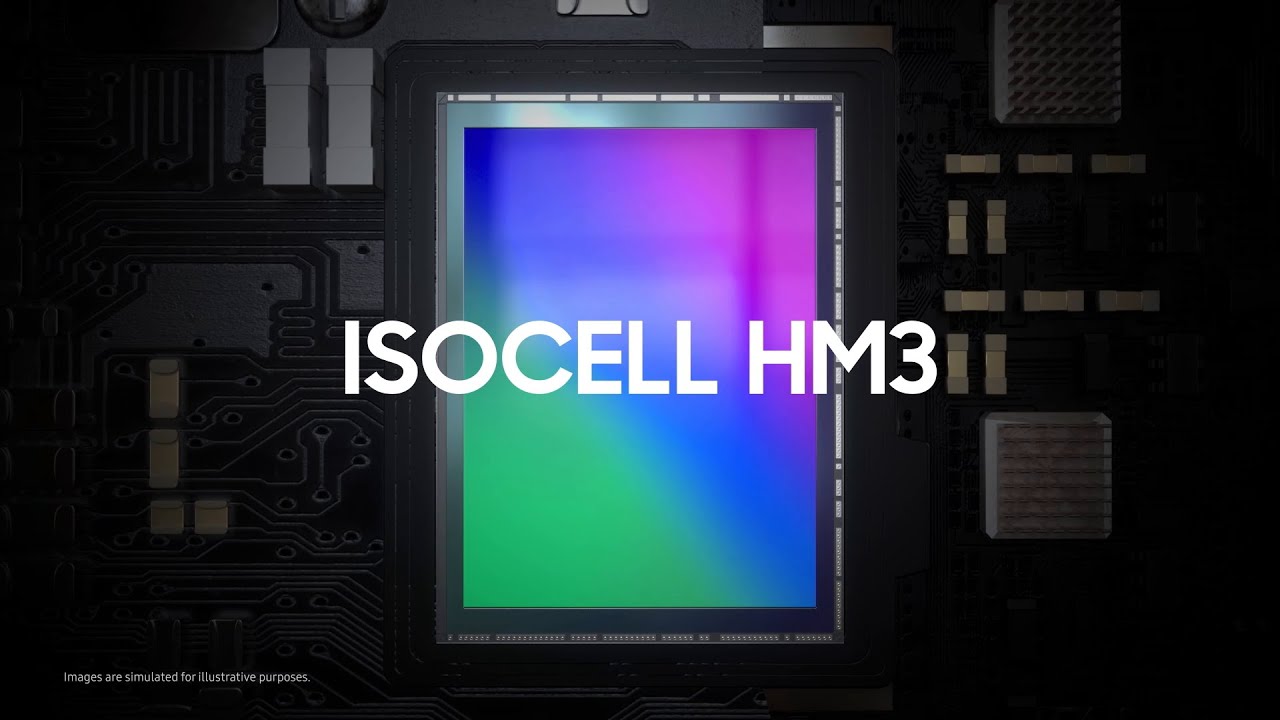This is How and Why Samsung’s 108MP ISOCELL HM3 Sensor Works

[embedded content]
Over the last several months, Samsung has published several detailed and easy-to-understand videos that discuss specific aspects of its imaging technology. Its most recent video combines many of these topics into a succinct and informative overview of its 108-megapixel ISOCELL HM3 sensor.
While it is clearly a video designed to market and sell its latest ISOCELL HM3 sensor, Samsung’s run of high-quality videos that translate what are usually high-level conversations about imaging technology into easily digestible videos continues here.
Samsung says that the ISOCELL HM3, which is the main sensor found on the excellent Samsung Galaxy S21 Ultra, is built to provide “pro-grade photo capabilities” in a smartphone, and provides some context as to how Samsung is able to provide both excellent color reproduction as well as good low light performance and high resolution into a sensor as small as the one found on its flagship smartphone.
The 108MP ISOCELL HM3 ensures crisp, clear nighttime shots with Nonapixel and multi-sampling technology. Equipped with Smart-ISO Pro and staggered HDR, it creates stunning HDR photos full of colors and details both in highlight and shadow.
While the video touches on the company’s Smart ISO Pro technology that it has spent an entire video explaining in the past, it also notes what Samsung calls “Nonapixel” technology.
Samsung claims Nonapixel technology boosts performance in low light conditions. In dark environments, it automatically combines nine pixels into one larger pixel to allow it to absorb more light and thus produce brighter and clearer photos with less noise. Conversely, in bright settings it uses a re-mosaicing algorithm to rearrange all 108-million pixels to maximize image resolution. This combines with the aforementioned Smart ISO to intelligently adjust to changing light conditions.
While it’s not a technology that is integrated into the ISOCELL HM3, Samsung recently published a very informative video on what Dual Pixel autofocus is and how it works, as well as another video that explains how the company is able to shrink the size of pixels without dropping image quality.
Very few companies put this much effort into explaining how a particular technology, or set of technologies, actually functions and it is even rarer to see a company actually publish this information publicly in a way that’s so easy to understand as Samsung continues to do.
And while expectations should always be tempered when looking at real-world use cases compared to what is promised in marketing videos, much of what Samsung is touting here is accurate. It is why the Galaxy S21 Ultra is a recommended buy and why it is PetaPixel’s current top recommendation for a smartphone camera.
In addition to the video above, Samsung has published even more information about the ISOCELL HM3 on its website here.